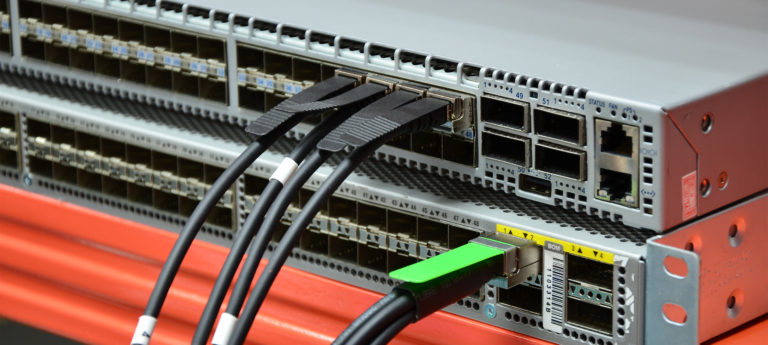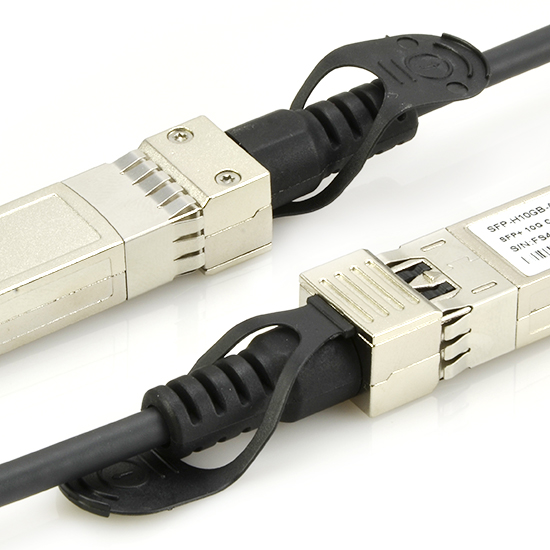10GBASE-CR or 10GBASE-T for 10G Copper Network?
As is known to all, fiber optic cables are widely deployed in telecommunication networks. It seems that copper cables are out of date. However, copper network is superior to fiber network in some cases as copper cables are stronger and easier to manage than fiber cables. Copper cable also takes the advantage of lower cost than fiber. Besides, copper network is easier to build, which eliminates the process of I/O. Today’s copper cables are able to support data rate of 1G, 10G, 40G and even 100G, among which 10G copper based network is most commonly deployed. Currently, there are two types of standards designed for 10G copper-based network: 10GBASE-CR and 10GBASE-T. Which one is more suitable for you when building a 10G copper based network? This following part will give you the answer.

When choosing between the 10GBASE-T and 10GBASE-CR, several critical factors should be considered which are area transmission distance, transmission media, module type and cost.
- Transmission Distance and Media
10GBASE-CR is invented before 10GBASE-T. 10GBASE-CR can support 10G data rate up to 10 meters over twinax copper cable. While 10GBASE-T can support a longer transmission up to 100 meters over Cat6a twisted copper pair.
- Transmission Interfaces
Small package form factors are adopted in both 10GBASE-CR and 10GBASE-T applications, to meet the requirement of high density. SFP+ form factor is most commonly used for 10GBASE-CR applications.
SFP+ passive direct attach cables and SFP+ active direct attach cables are usually used for 10GBASE-CR applications. The SFP+ cable is terminated with a SFP+ module on each end. 10G SFP+ active direct attach twinax copper cable can reach a longer transmission distance than the passive one. The market now can provide a wide selection of SFP+ DACs for different types of switches and platform.
Network interface card with SFP+/XFP interfaces are often used for 10GBASE-T applications. Not all the vendors provide 10GBASE-T SFP+ modules. HP has provided a 10GBASE-T SFP+ module. However, compatibility of the modules is limited by the switch brand. This HP 10GBASE-T SFP+ module can only be used on HP switches. Thus, 10GBASE-T application is sort of limited for now.
- Cost
Put transmission distance aside, the cost for 10GBASE-CR cabling is much lower for 10GBASE-T cabling. For instance, a HP 10GBASE-T SFP+ costs around $ 1000 USD. However, the price for a 10G HP SFP+ DAC is around $100 USD. This price is lower to $ 23 for a 1.2 meter HP JD096C compatible passive SFP+ DAC in FS.COM. Thus, 10GBASE-CR cost less than 10GBASE-T in general.
In general, 10GBASE-T has the biggest advantages of achieving transmission distances of up to 100m over Cat6a cable. 10GBASE-CR can only reach up to 15 meters over twinax copper cable but with the advantages of lower cable costs. Since most of our data center use for copper cabling are less than 15 meters, it means that 10GABSE-CR can satisfy a wider spectrum of demands for copper cabling in data centers. Therefore, 10GABSE-CR is preferred for most 10G copper cabling cases.
